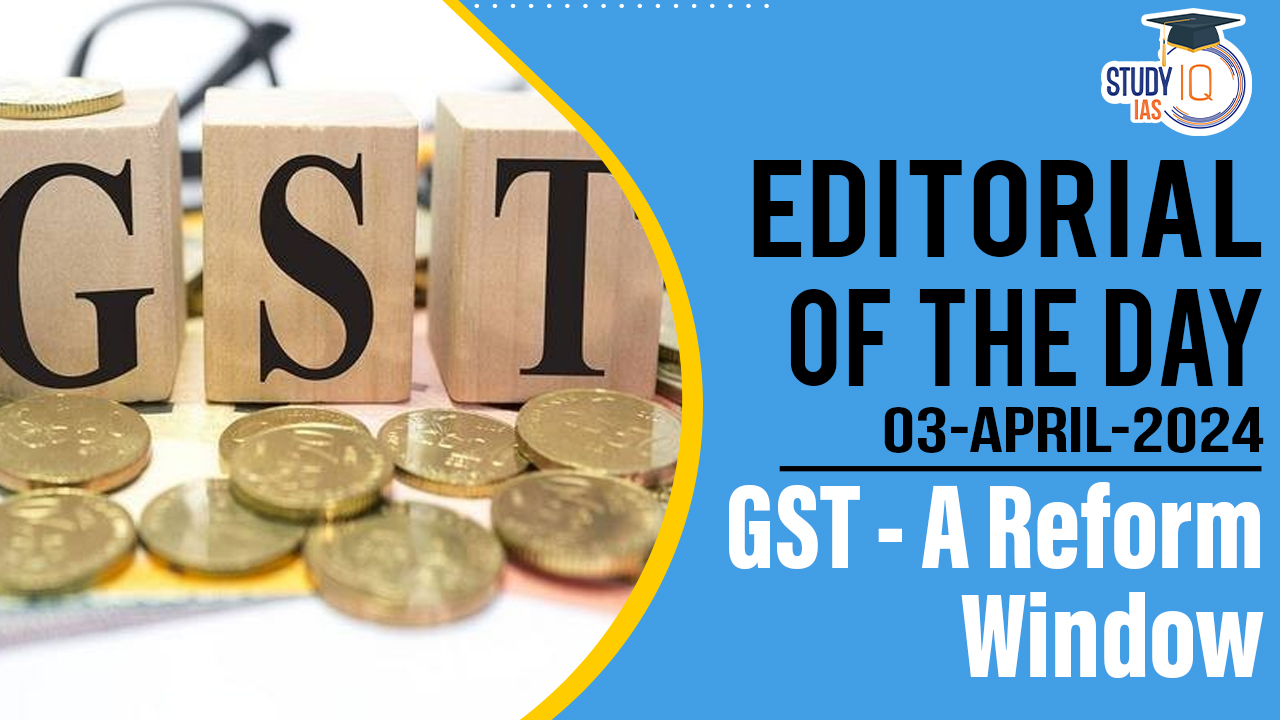Context: Net direct tax collections rose by 19.9% by mid-March, reaching 97% of revised budget targets.
Robust GST Performance
- Goods and Services Tax (GST) collection reached ₹20.18 lakh crore, a significant achievement.
- Gross GST revenue in March (transactions from February) crossed ₹1.78 lakh crore, the second-highest ever (except for April 2023 with year-end compliances).
- Average monthly collections grew 11.6% in FY24 to over ₹1.68 lakh crore, establishing a new revenue baseline.
- Central GST collections surpassed revised budget estimates, potentially leading to higher targets in the upcoming budget (FY25).
Possible Reasons for Growth
- Increased tax demands for past years.
- Crackdown on tax evasion practices like fake invoices and fraudulent credits.
- The uptick in net GST revenue and domestic transactions (17.6% growth) suggests increased economic activity in the last quarter of FY24.
Areas for Improvement:
- A 5% decline in GST on imported goods during March might indicate a decrease in discretionary spending.
Recommendations for GST Reform
- Rationalise the complex structure with multiple tax rates.
- Expand GST to include currently exempted items like electricity and petroleum products.
- Reduce high levies on essential products like cement and insurance.
GST Compensation Cess
- This cess collected ₹1.44 lakh crore in FY24, used to repay pandemic-era borrowings for state compensation.
- Potential for an earlier wind down than the extended deadline of March 2026.
- Resistance is needed against replacing it with new levies, except for demerit goods like tobacco.
- A high GST rate (over 40%) on hybrid vehicles discourages green goals and consumer spending.


 Somaliland Explained: Location, History,...
Somaliland Explained: Location, History,...
 Signals from the Indian Economy: What Ke...
Signals from the Indian Economy: What Ke...
 Reforms Needed in India’s Political Fu...
Reforms Needed in India’s Political Fu...

























